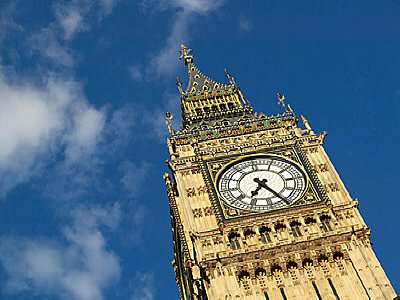Pension Schemes Take Gov to Court on 2030 RPI Changes
Published / Last Updated on 22/06/2022

We have covered in this feed many times Rishi Sunak’s announcement in 2020 that the Goverrnment will be changing how the old measure of Retail Prices Index (RPI) is calculated.
The plan is for RPI to be more closely aligned with CPIH (Consumer Prices including Housing) from 2030.
CPI (Consumer Prices Index) does not include property costs. Hence CPIH includes housing costs - it includes costs associated with owning, maintaining and living in one's own home, known as owner occupiers' housing costs (OOH), along with council tax. RPI also covers all housing, mortgage and property costs so it would make sense to simply switch to CPIH but there is a difference.
What’s the problem with CPI and CPIH?
RPI is an arithmetical mean (average) i.e. it is a simple average of: total costs of all goods and services in the average ‘shopping basket’ divided by the number of goods, services and costs. It is a true average of your actual costs.
CPI and therefore CPIH is a geometric mean. This means that the cost of each item is multiplied together and then dvivided by the ‘nth root’ i.e.; not the square root or cubed route but the ‘nth root’ where ‘n’ is the number of items in the basket.
Geometric mean is lower for inflation as the high weighting in costs for housing costs is lost whereas it is not for arithmetical mean inflation (RPI). CPIH is usually lower than RPI.
Many pension schemes have chosen not to ‘hedge’ their funds for inflation and therefore, rising inflation has already damaged the funding position i.e.; in deficit or surplus of pension schemes but also it is going to hurt pensioners where their pensions are linked to RPI increases and any new measure of RPI (technically CPIH from 2030) will mean lower pension increases in future.
Pension scheme trustees of the BT, Ford and Marks & Spencer (M&S) pension schemes are set to take the Government to a judicial review starting today over these changes.
Comment
Cynics that we are. 25% of government debt (gilts) are index linked gilts (ILGs) i.e., linked to RPI. We know that CPI is at a 40 year high but RPI is even higher at over 11%. This means that investors have a brilliant inflation protection hedge over the medium and longer term. "11% pa return? Thank you, we’ll take that and hold for now."
Given that a quarter of the UK public sector debt mountain is linked to the older, higher inflation benchmark RPI, it is no wonder that Mr Sunak wants to change how it is calculated to deliver a much lower inflation result for government RPI linked debt and reduce pressure on government when coming to repay those RPI linked debts.